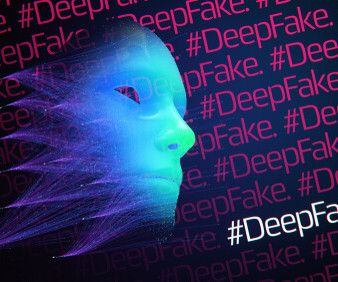Social Engineering 2.0: The Rise of Deepfake Phishing
SecureWorld News
OCTOBER 3, 2023
Commonly, this involves using scare tactics in an attempt to bypass the user's rational mind and emotionally manipulate them into action without them second-guessing the authenticity of the request. Multi-factor authentication (MFA): If an employee receives a suspicious request, MFA can save the day if used correctly.












Let's personalize your content